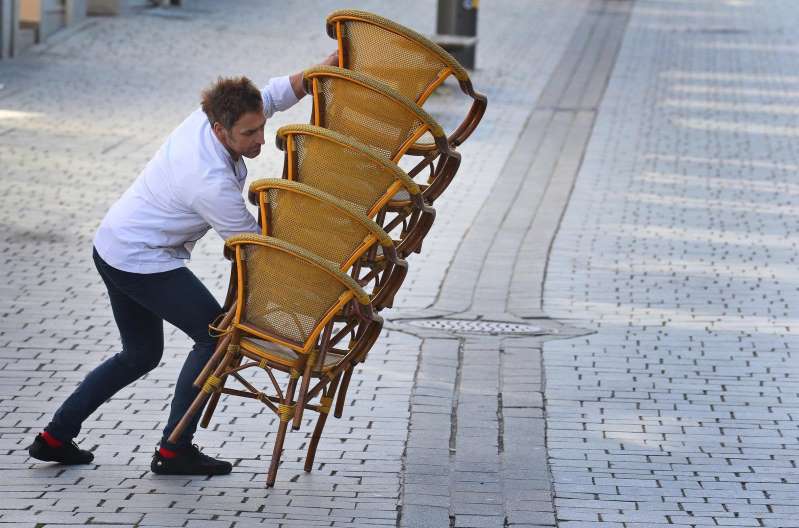Wifo study – Largest decline in employment in Tyrol and Salzburg due to a lack of winter tourism – One fifth fewer employees in tourism.

The corona crisis caused record unemployment last year. Young workers and foreign workers in the tourism, gastronomy and labor hire sectors were hardest hit, according to a current Wifo study. According to federal states, the decline in employment was greatest in Tyrol and Salzburg due to the lack of winter tourism.
“The development of employment in the coming weeks and months will depend to a considerable extent on the further course of the infection and the associated (still remaining) prospects for winter tourism and gastronomy and the framework conditions for the contact-intensive areas,” says study author Julia Bock-Schappelwein . The expectations of companies, the behavior of consumers and the accompanying support measures on the part of politicians would also have an impact on the labor market in the coming weeks and months.
In the corona year 2020, employment in Austria was 3.3 percent below the previous year's level at the end of the year; on the annual average, i.e. including the time at the beginning of the year before the first lockdown, the employment losses amounted to 2.0 percent, according to the economic research institute.
On an annual average, there were almost a fifth fewer employees in tourism, 13.8 percent fewer in labor leasing, and the average decline in travel agencies was 10 percent. In the leisure and cultural sector, the number of employees fell by 6.7 percent, in personal services by 4.5 percent and in the hairdressing and cosmetic studios included in them by 7.8 percent.
Young workers between the ages of 20 and 24 were particularly hard hit in the crisis year 2020. “They are not only employed relatively often in the sectors that are particularly affected, but, given their comparatively short tenure, they are also among the first parts of the workforce to lose their jobs in a crisis,” explains Bock-Schappelwein. On average for 2020, employment in this age group was 5.7 percent below the previous year's level. The decline was particularly high in March and April at a good 10 percent.
In addition to young adults, young people up to the age of 19 were particularly hard hit by the crisis until the summer, as the number of vacation positions was well below the previous year. In July, the decline in employment was 5.9 percent; the annual average was 3.4 percent.
Men at the beginning of the year, women more strongly affected towards the end of the year
Since the beginning of the crisis, workers have been much more affected by the downsizing than salaried employees and civil servants, as they are much more frequently employed in the particularly affected area of tourism. On an annual average, the employment losses amounted to 5.8 percent.
According to the Wifo report, men were affected a little more at the beginning of the crisis and women at the end of the year. On an annual average, men (-2.1 percent) were affected by the loss of employment, relatively similarly to women (-2.0 percent).
Foreign workers, including seasonal workers, were particularly hard hit by the crisis from mid-March onwards, because they are relatively often employed in the tourism, construction and labor hire sectors. In addition, many commuters residing abroad could no longer get to work due to mobility restrictions. On average in 2020, the employment of foreign workers (excluding commuters) was 2.8 percent below the previous year's level, and 2.6 percent below that of commuters.
On an annual average, the drop in employment in Tyrol was -4.3 percent, in Salzburg -3.3 percent, in Carinthia -2.8 percent and in Vienna -2.4 percent. In Burgenland and Lower Austria these were the lowest at -0.9 percent and -0.6 percent respectively.

